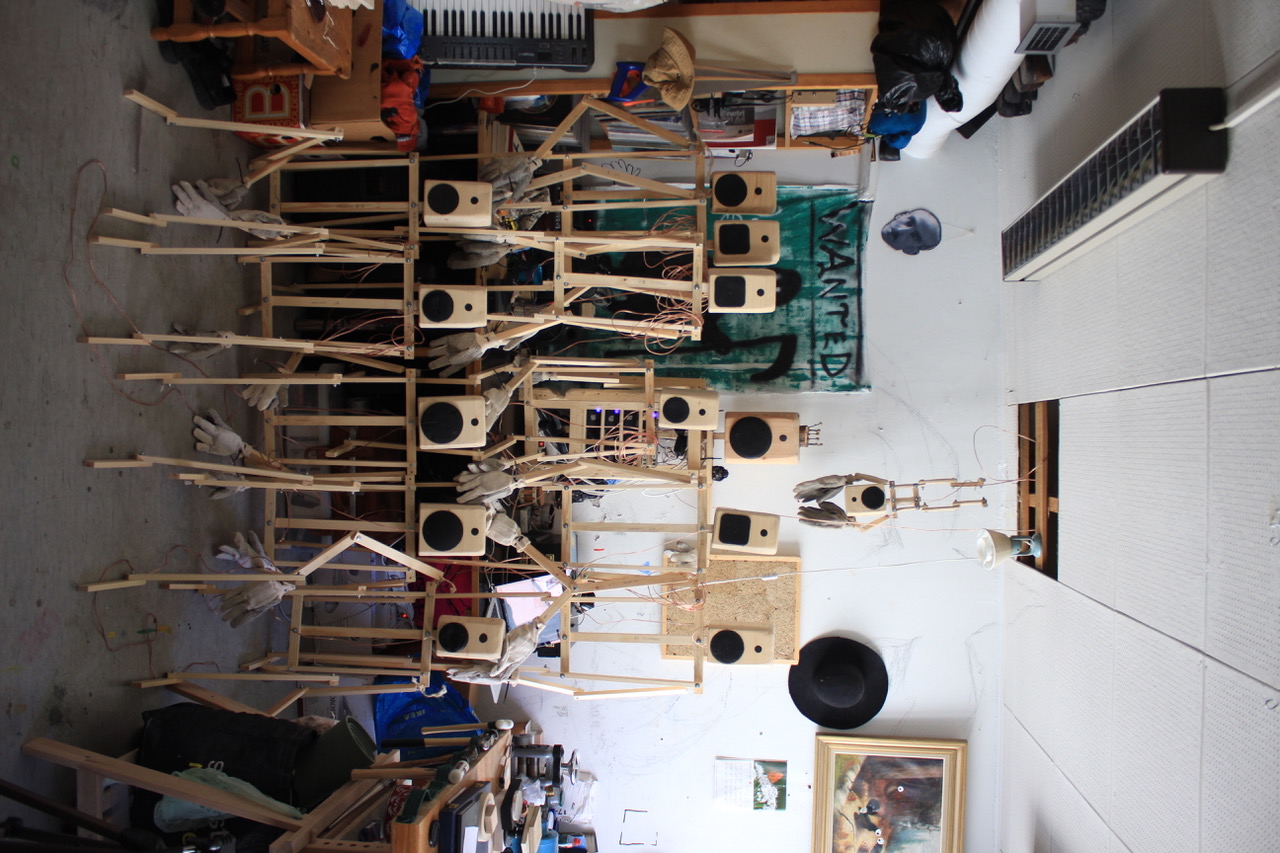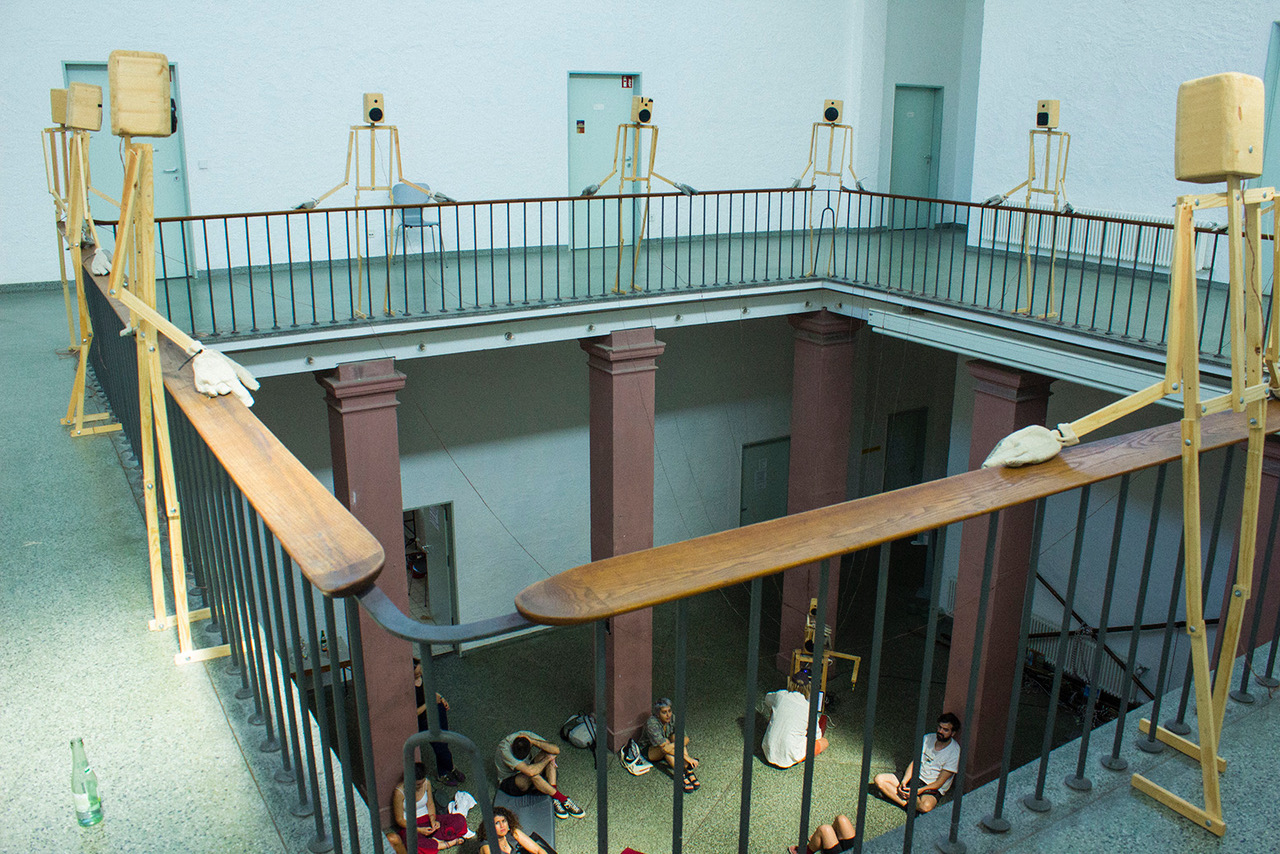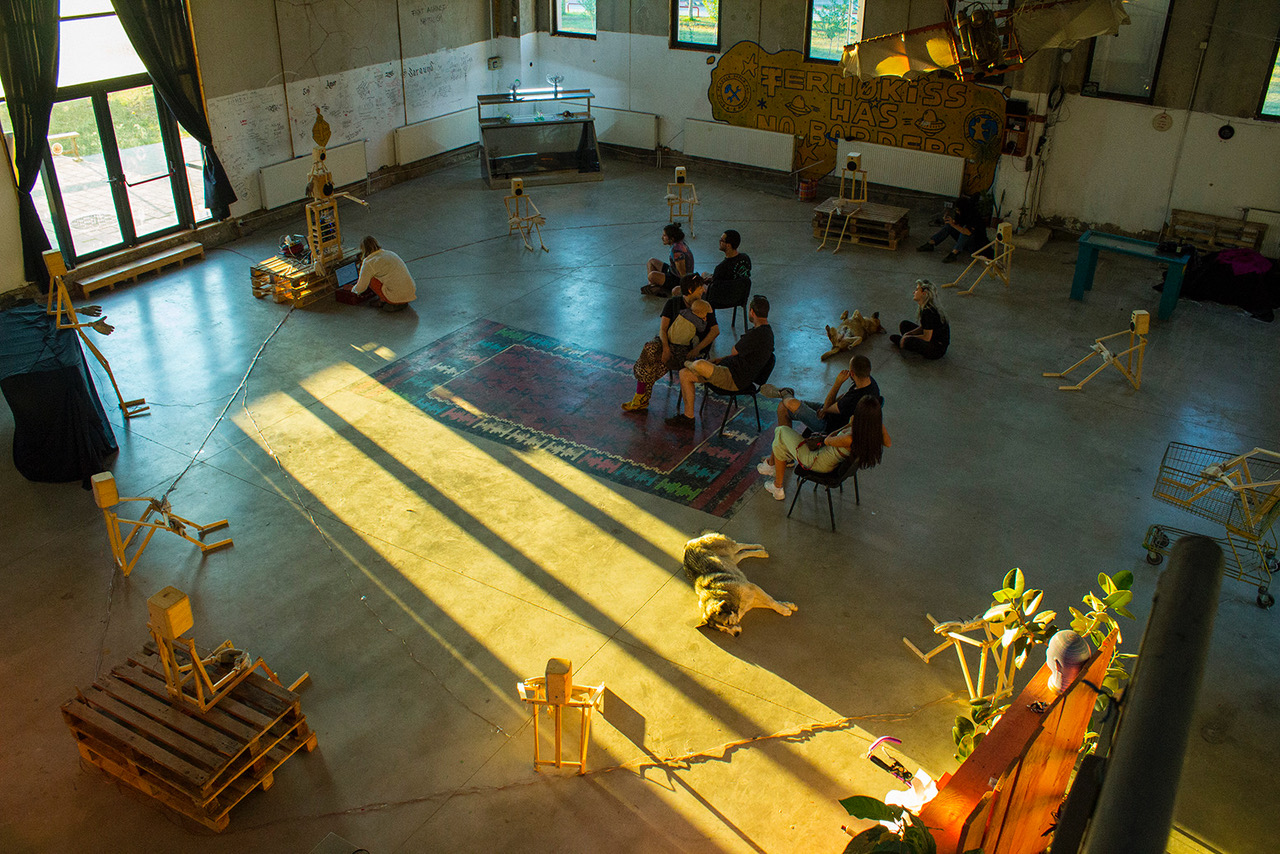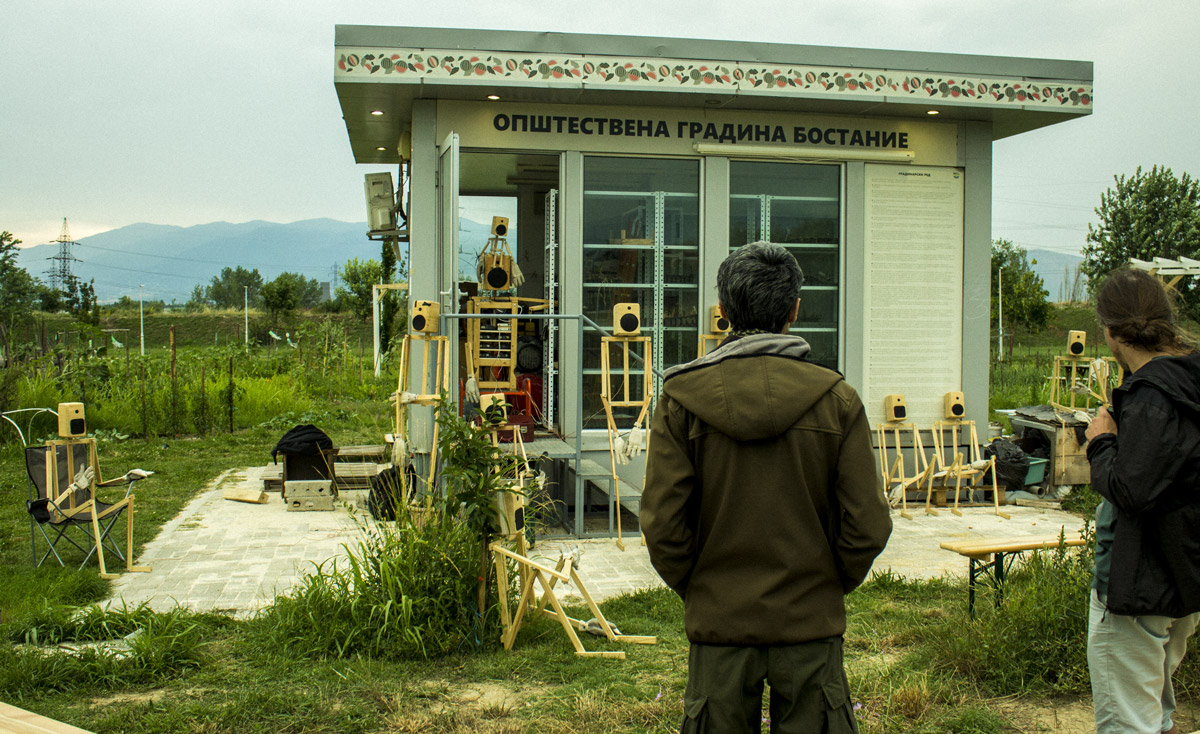exposition
Next to concerts, roskot will be the home of various artworks during the festival.
Our garden will be filled with different sound installations by various artists.
Inside the horse mill, an exposition of drawings by ravenveer will take place.
Come and see!
albert mayr
Born 1975 in St. Pölten, Austria lives and works in Vienna, Austria
Albert Mayr masterfully breaks the boundaries between installation art and sound.
By drawing attention to small details that you don't normally notice, his work absorbs you completely. Mayr's experiments with the endless possibilities of our surrounding objects brings their ambiguity and randomness to the surface. The everyday becomes extraordinary, the functional becomes unusable, or gets a surprising new application.
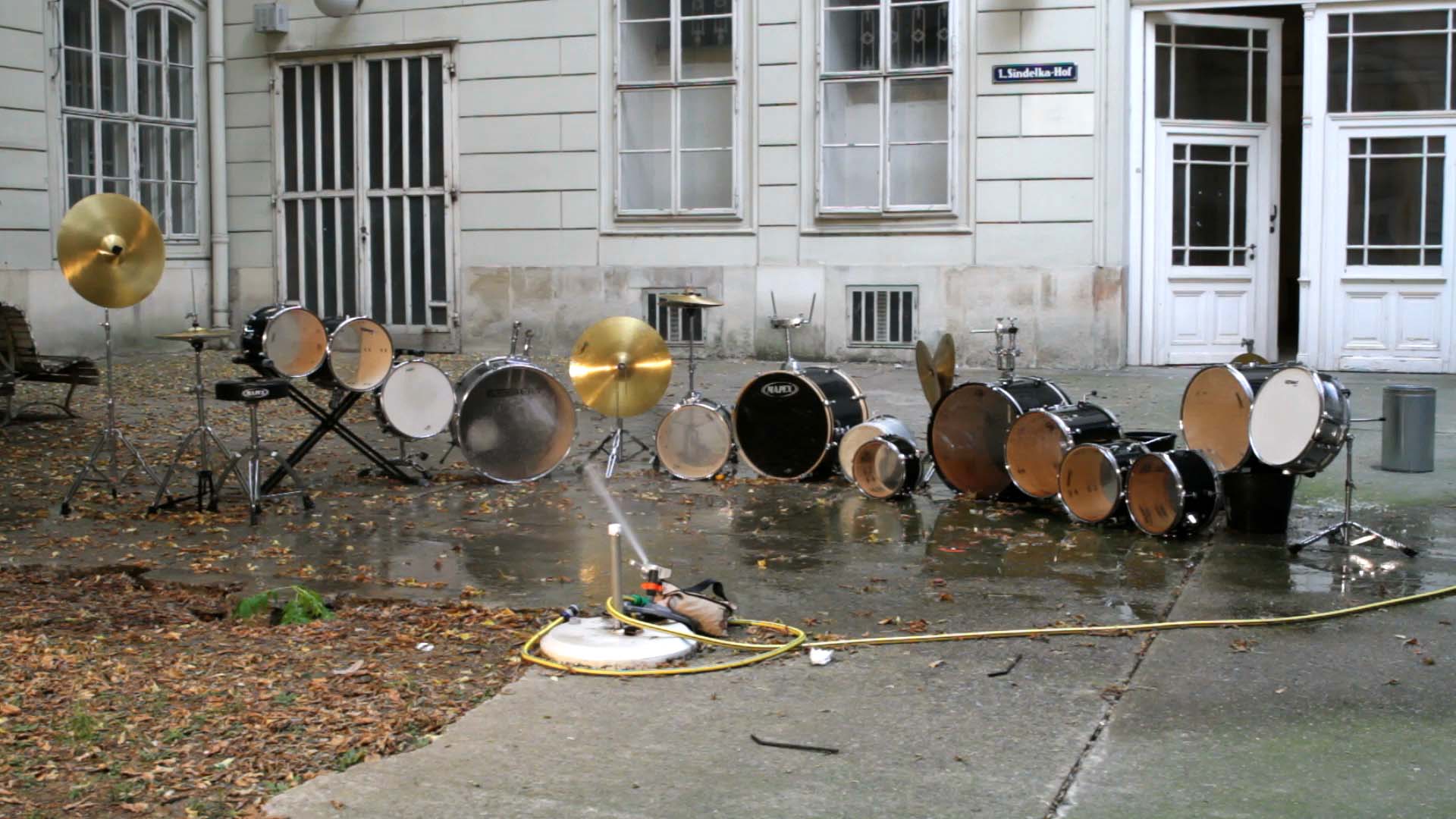
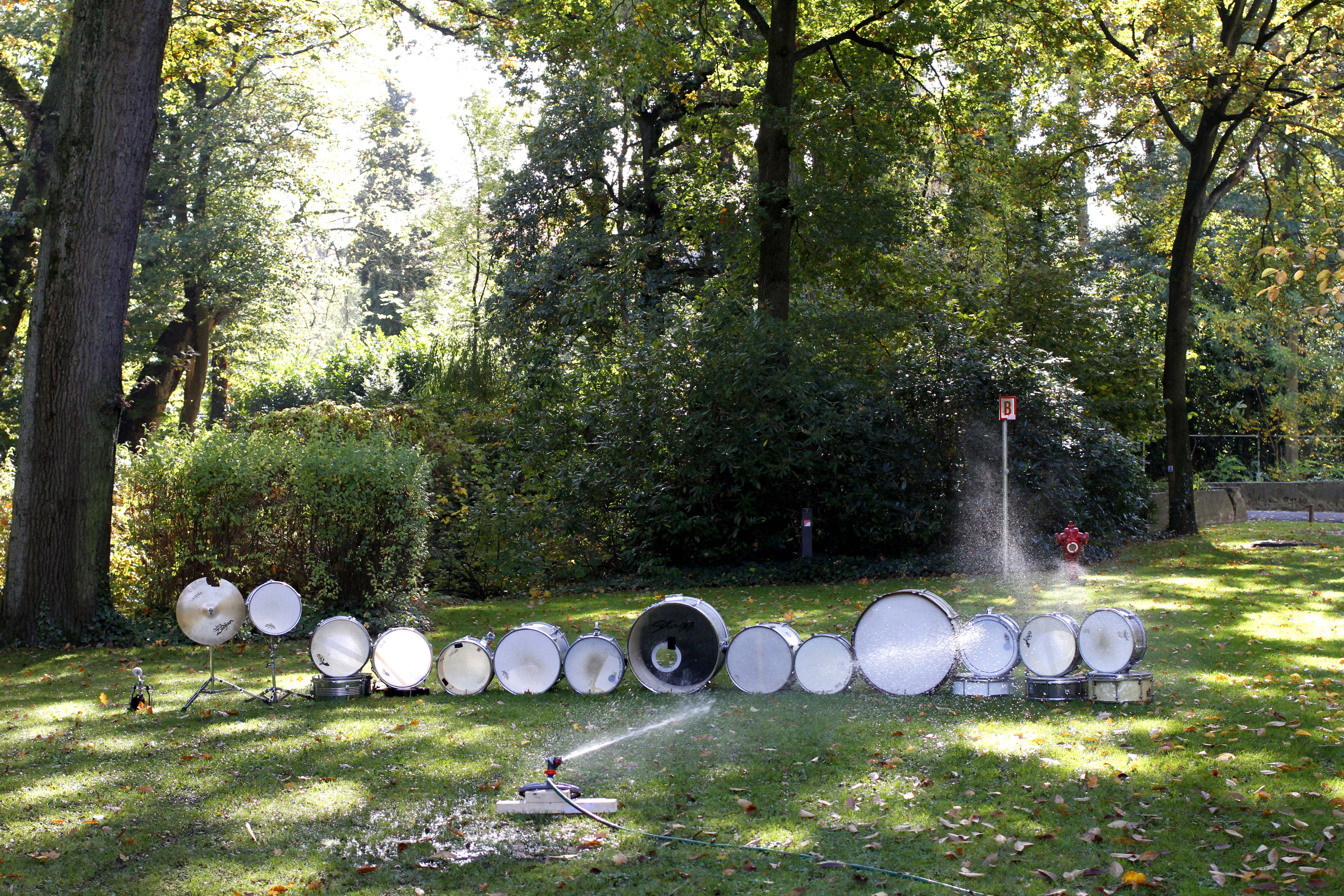
pierre berthet + rie nakajima
Pierre Berthet: 1958, Belgium, lives in Liège, studied percussion with G.E.Octors and André Van Belle at the Brussels Conservatoire, composition with Frederic Rzewski, improvisation with Garrett List and music theory with Henri Pousseur at the Liège Conservatoire.
He imagines and builds sculptures and sound installations (steel, plastic, water, engines, dead plants, etc.). Since 1988, he has presented them in various parts of the world in the form of performances and exhibitions in concert halls, galleries, gardens, forests, etc.
He has worked with Frédéric Le Junter and Arnold Dreyblatt, among others, and has a duo project with Rie Nakajima. Since 2010, he has been performing Tom Johnson's Galileo across Europe.
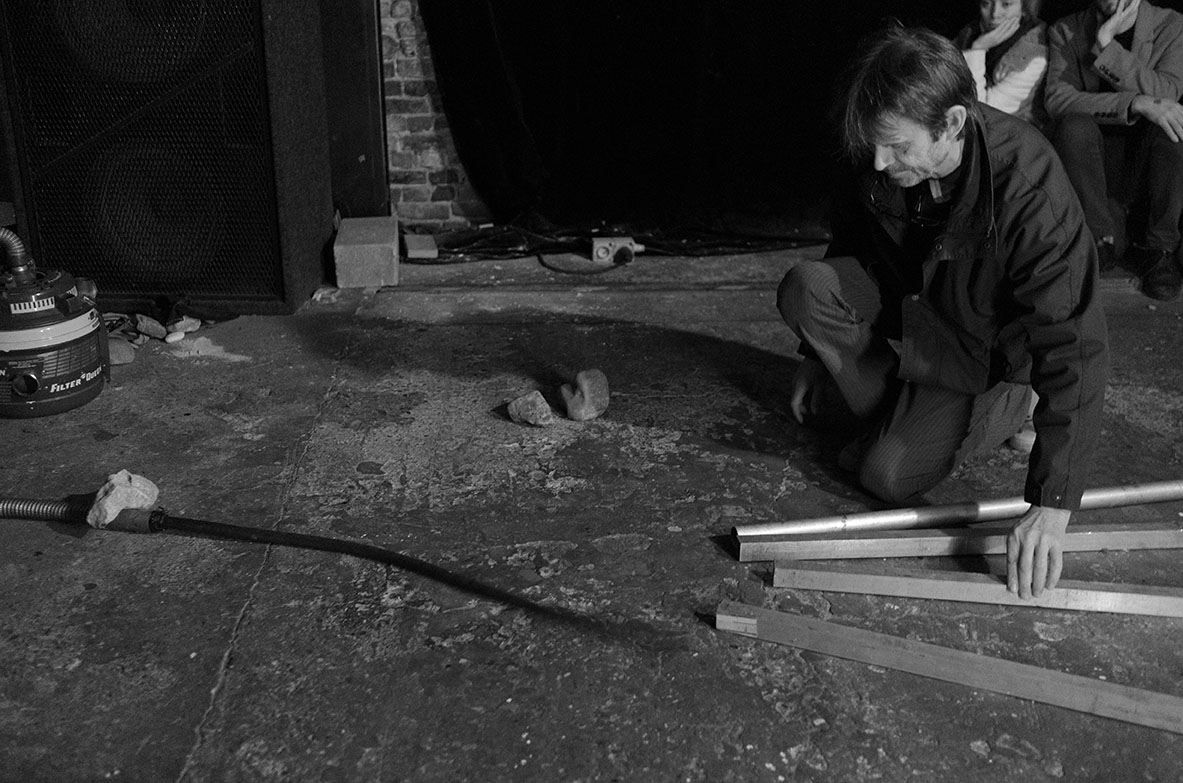
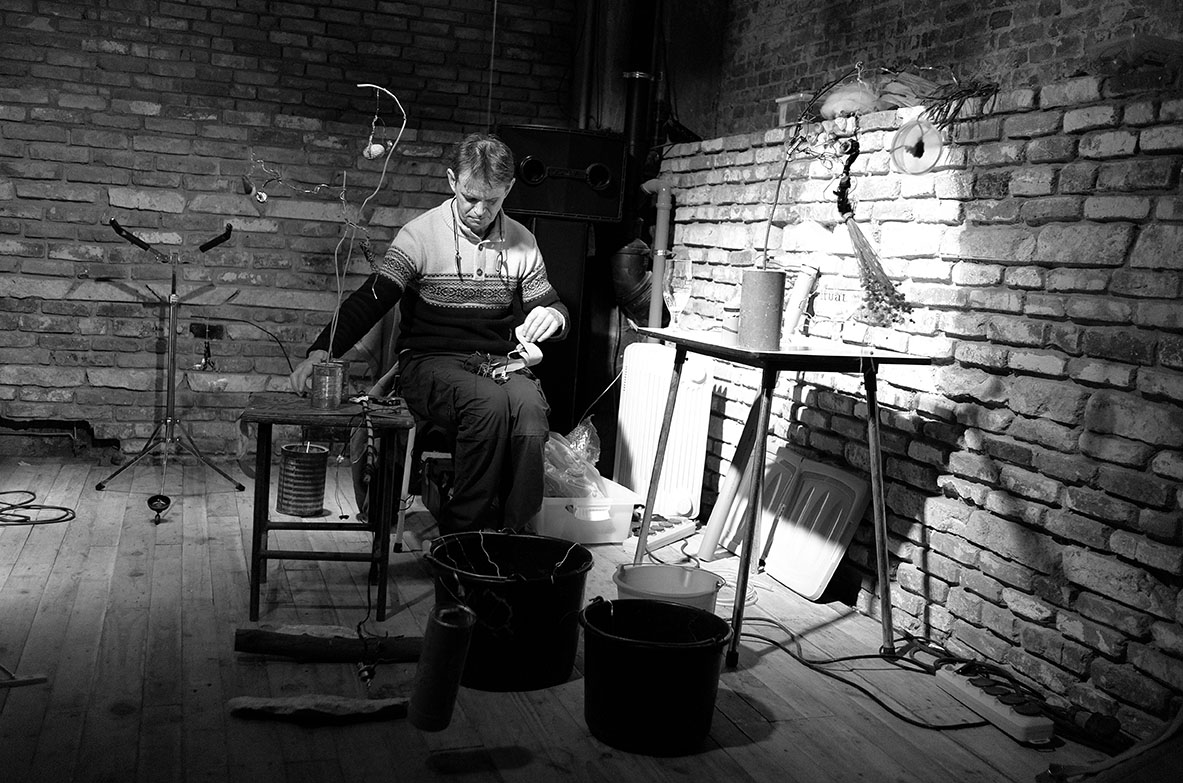
Frédéric le junter
Born in 1956, Dunkerque France
Since 1984 he's been building sound objects, shaking up the well-done lutherie and so I explore sound actions; what interests me is the production of sound materials and slow moving landscapes.
I avoid virtuosity, I prefer a gentle instability, a detachment.
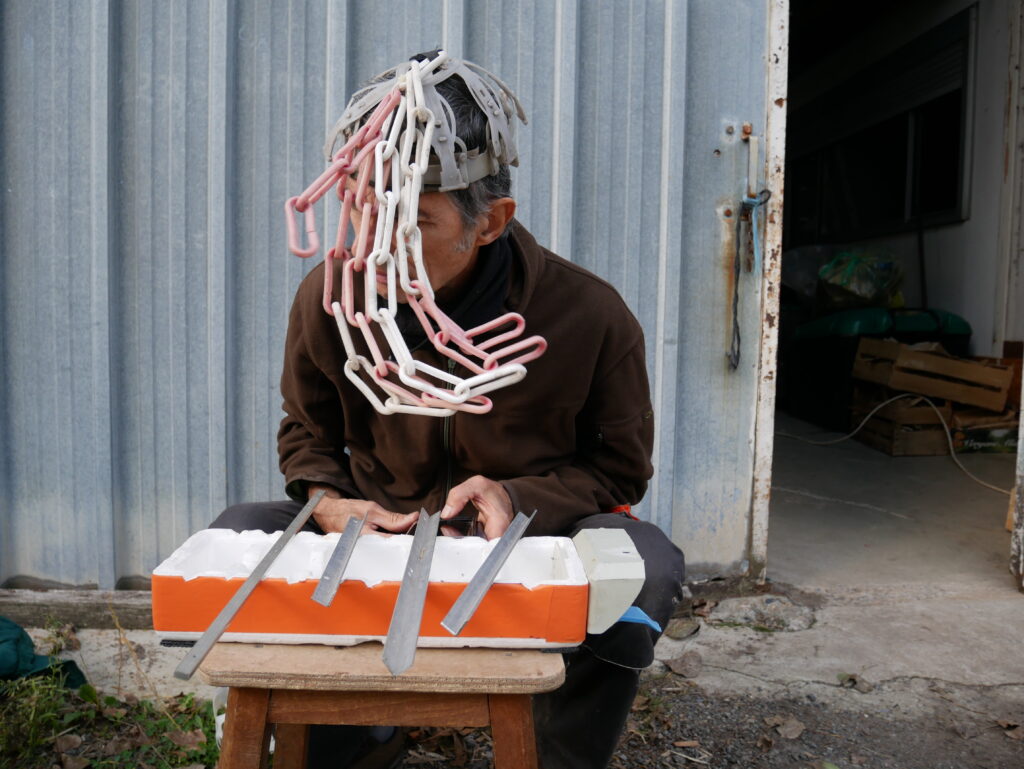
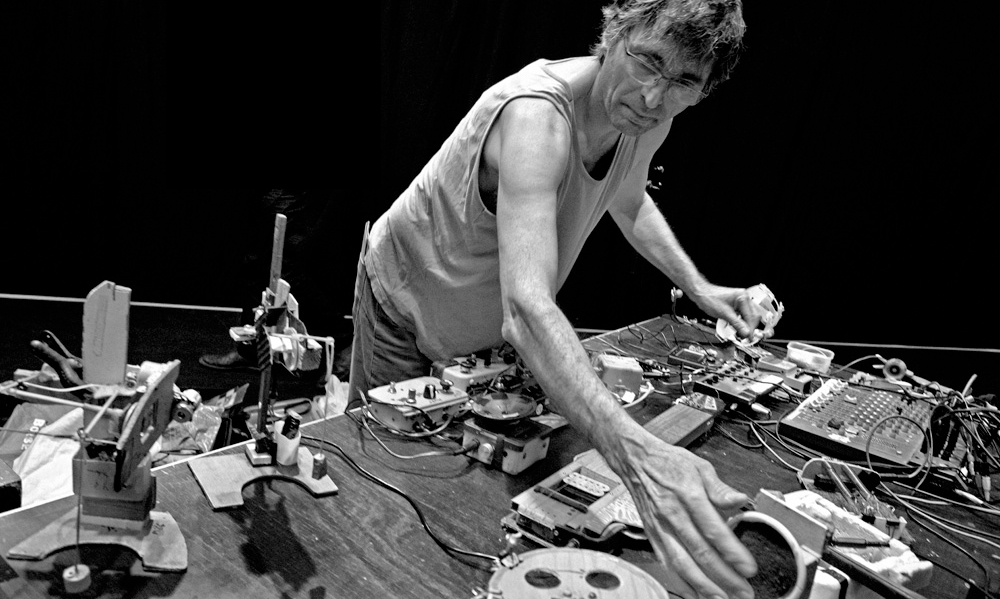
ravenveer
Erwin Van Looveren is musician, artist from Antwerp, Belgium. He works as W.ravenveer with electronics, mainly modular synths and other devices, also does some electric guitar improv. Besides music he is also busy making drawings that are improvised, from simple , raw, to very detailed, unschooled, working with his own imagination and limits
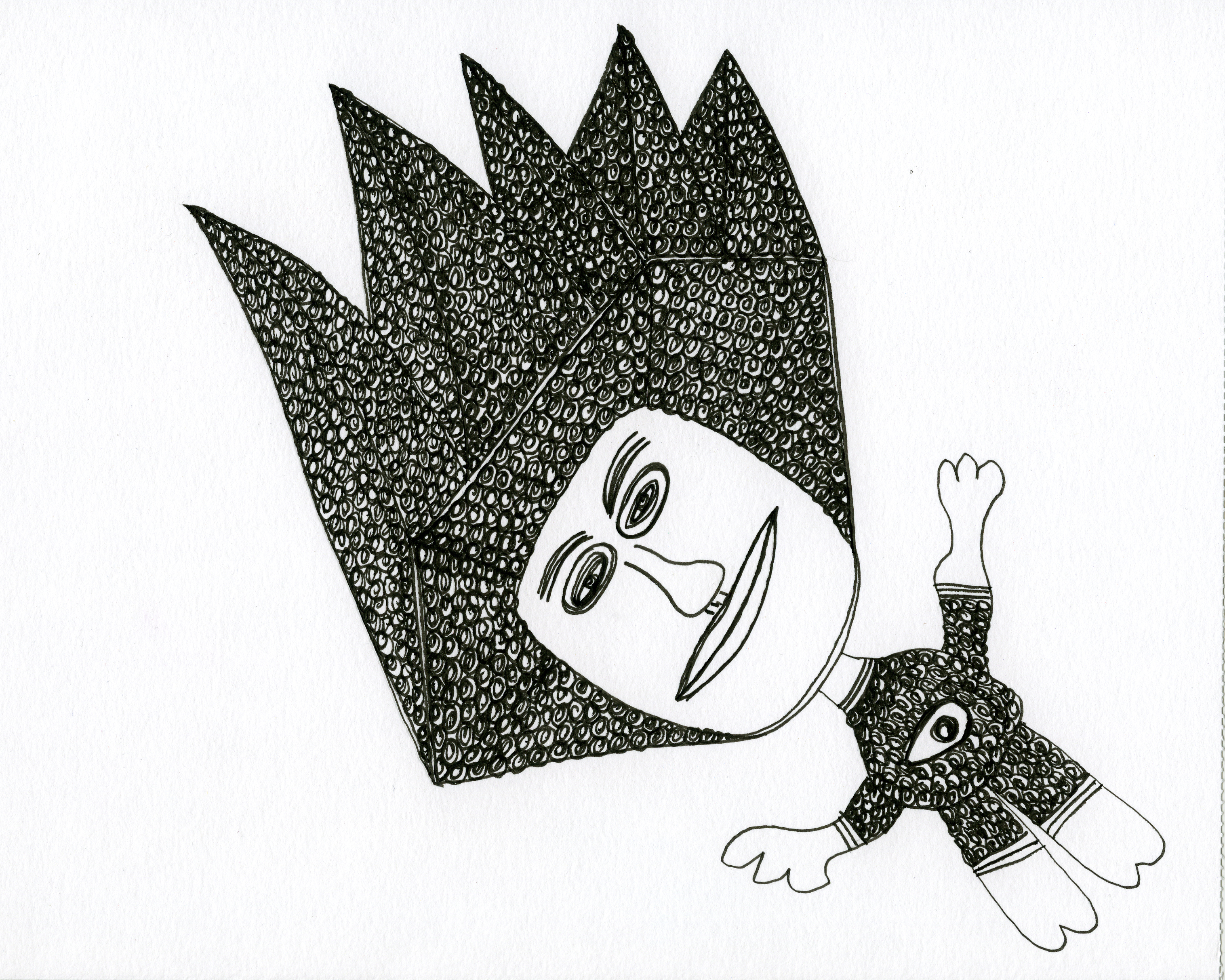
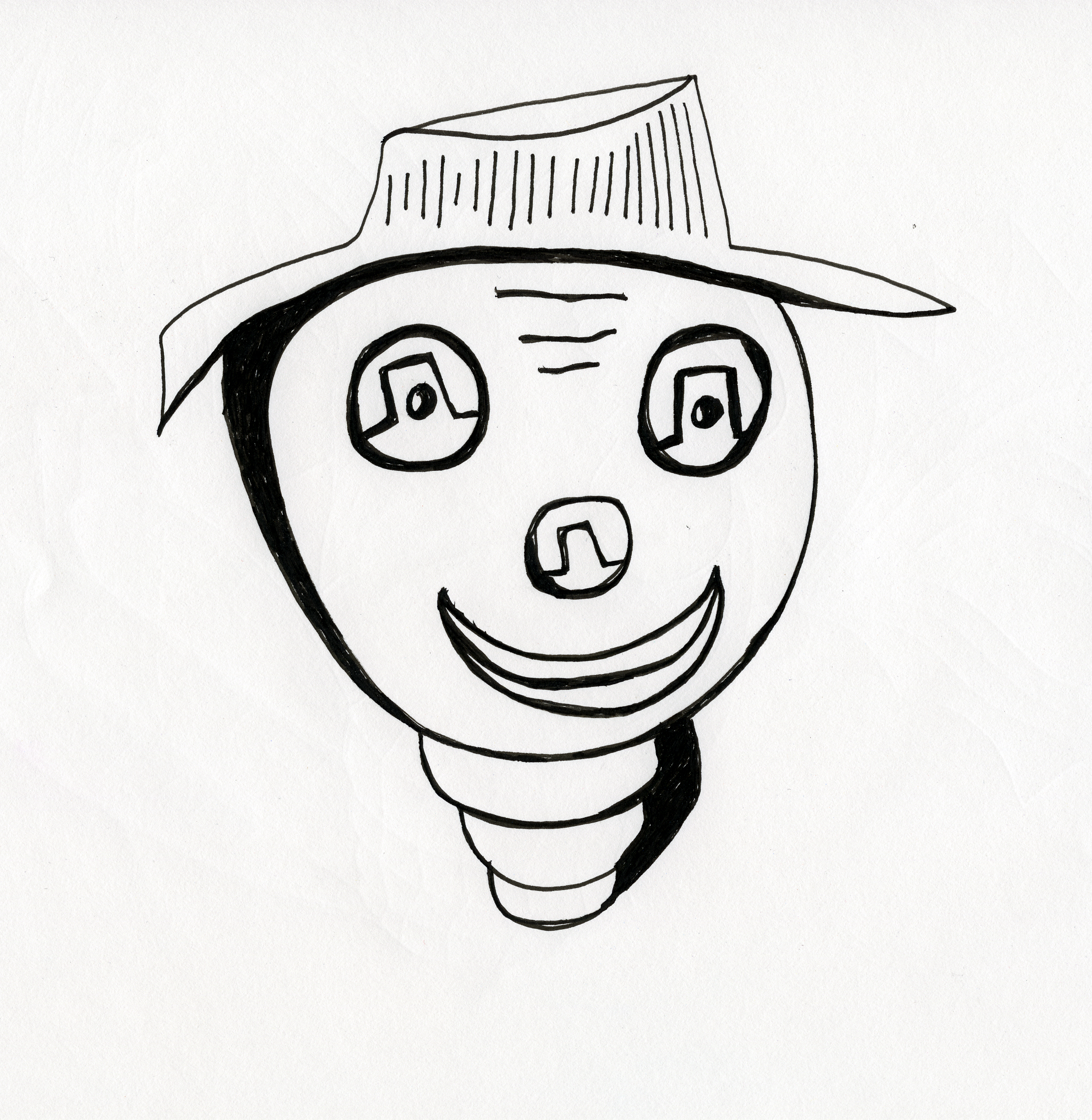
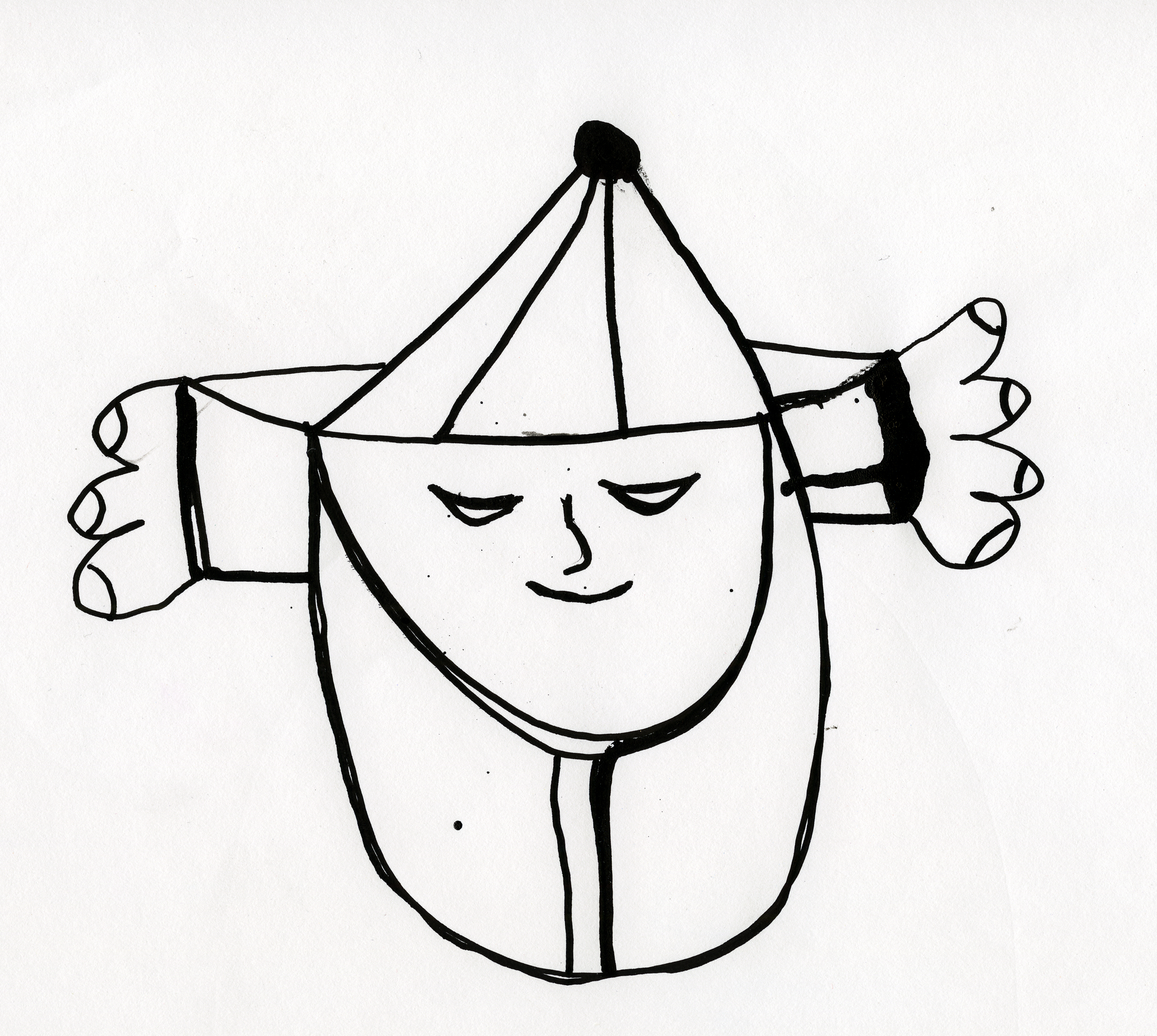
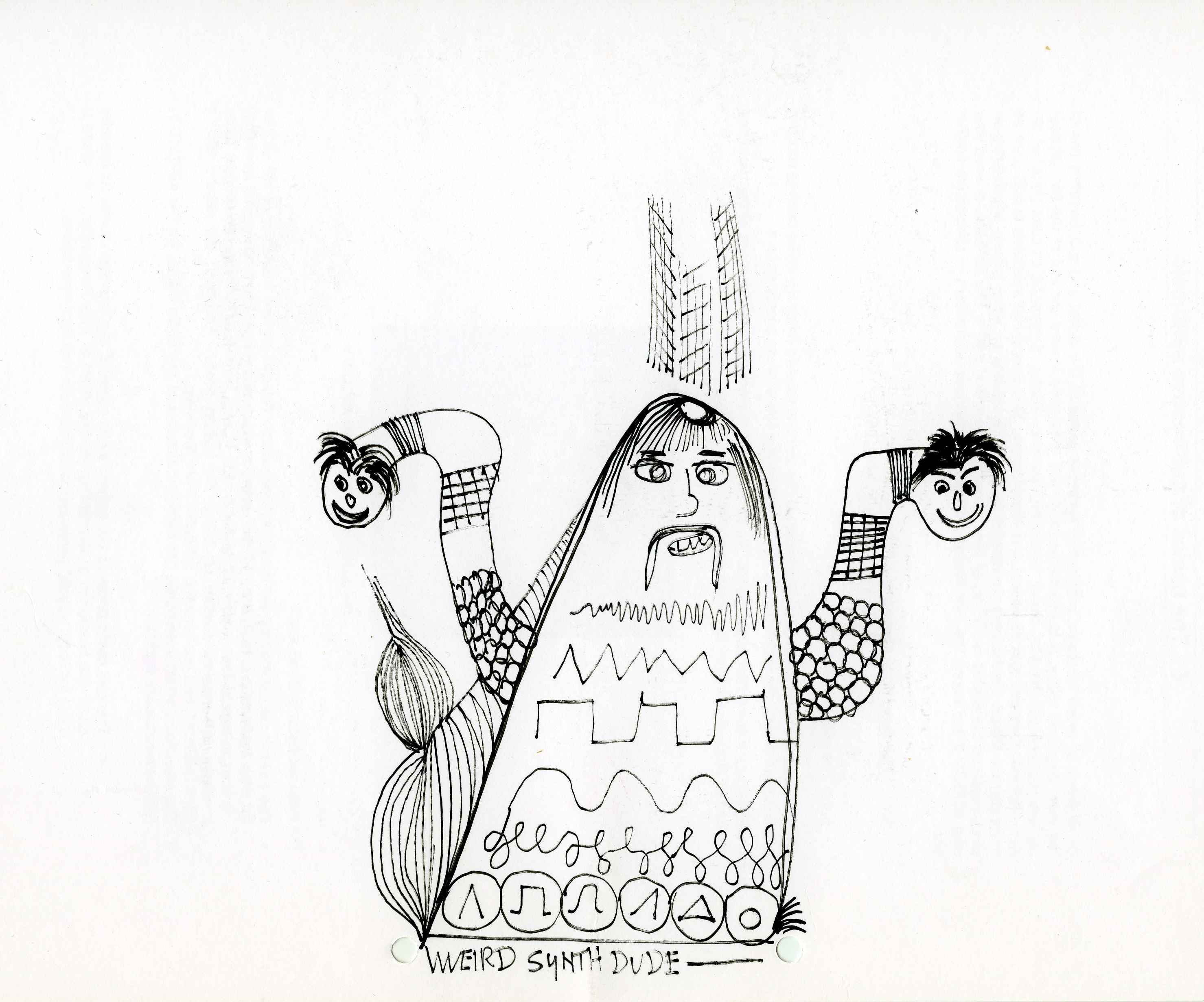
wannes deneer
Speaking Characters is a sound installation in which Wannes Deneer studies the effect of the design and materiality of a speaker.
Speaking Characters is a series of sounding sculptures. Each sculpture has its own visual and aural character, together they form a polyphonic choir.
A speaker is a seemingly simple object that can reproduce a complexity of sounds and emotions.
Wannes Deneer studies every part of a loudspeaker and its effect on the sound.
By physically manipulating his speakers, cutting, gluing and adding other materials, he models the sound physically. In this way Wannes creates his own characters.
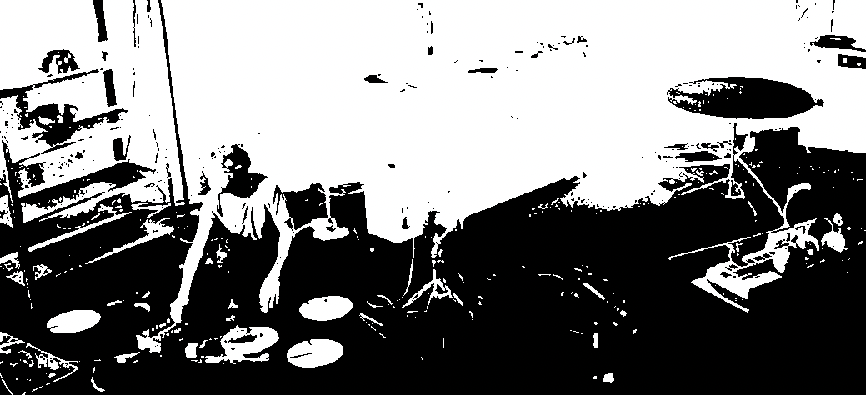
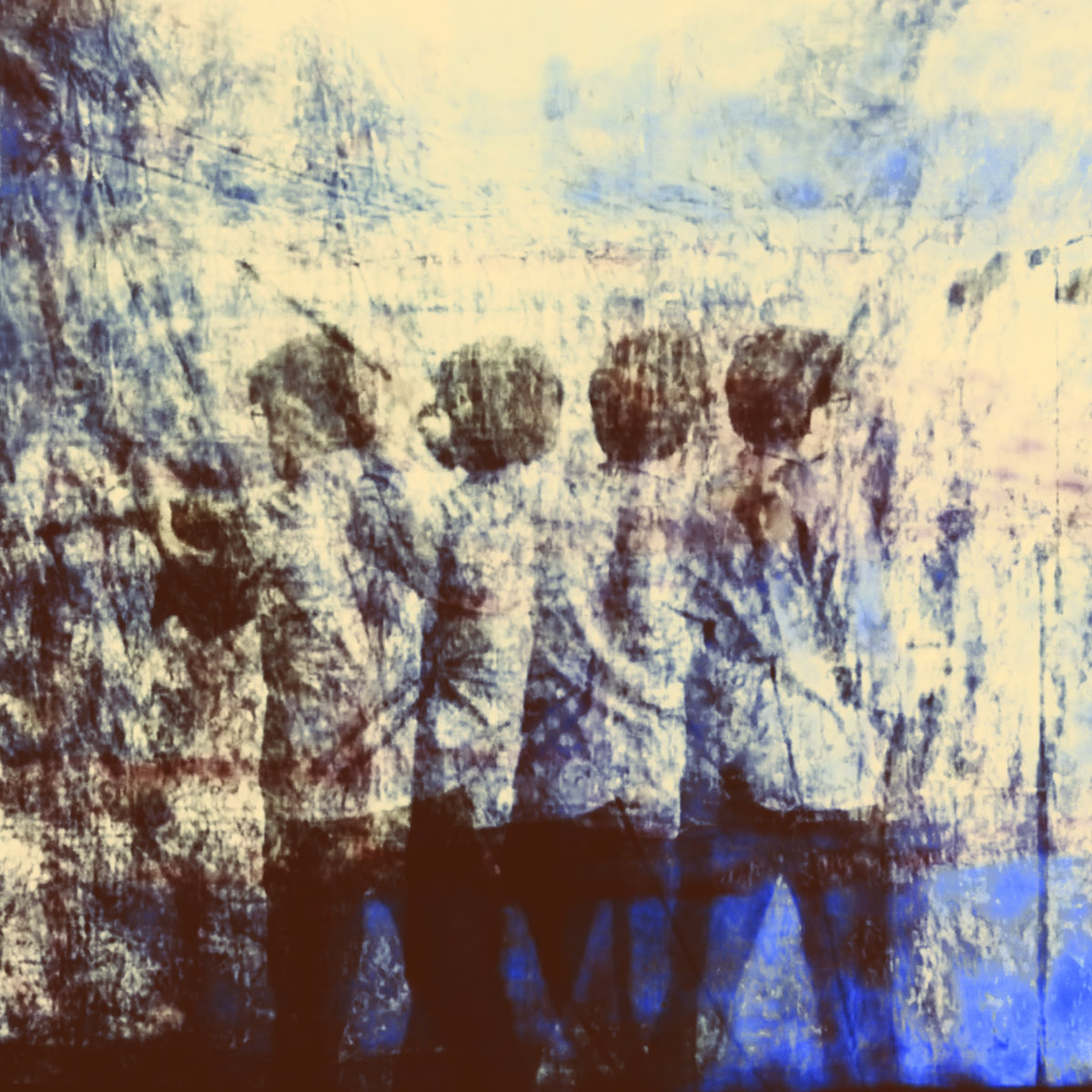
pierre bastien
Pierre Bastien’s is a french musician born 1953 who builds his own machineries, at the cross between music and visual art, that blends live trumpet sounds with screen projections of on-site, mechanical sound sculptures in a very poetic way. His work is described as “a timeless sounding orchestra, both futuristic and slightly dada, conjuring ancient traditions in its surprisingly sensuous music.”
Bastien has been called a “mad musical scientist with a celebrity following” by The Guardian. Collaborating in the past with filmmaker Pierrick Sorin, fashion designer Issey Miyake, singer and composer Robert Wyatt and Aphex Twin (who released three of his albums on his label Rephlex) to name a few, he is one of the most influential experimental musicians working in the field. In 1986 he formed his own self made one man orchestra, Mecanium and made over 20 records over the years.
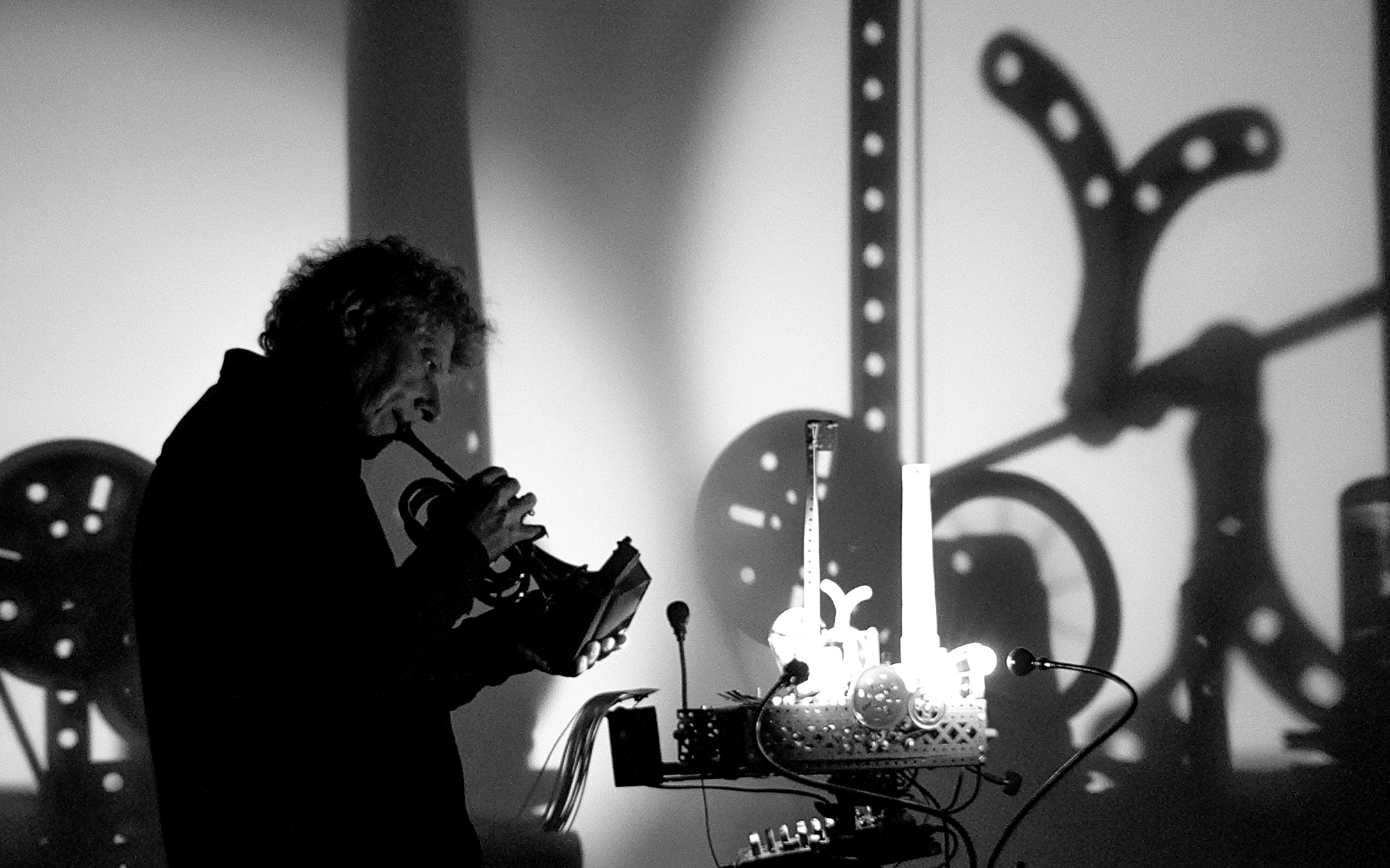
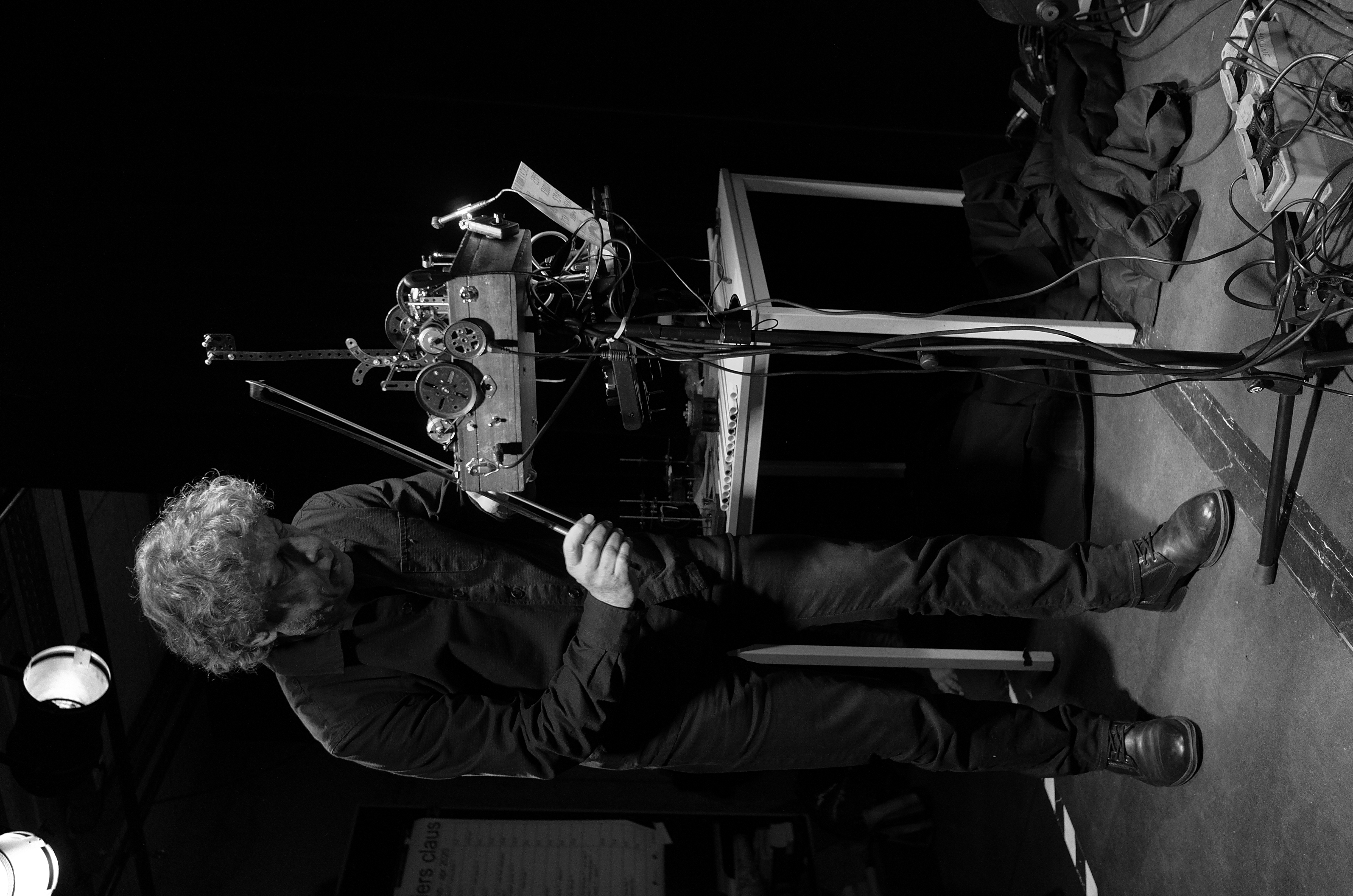
Kim Laugs
Kim Laugs is a dutch multidisciplinary artist and cultural coordinator that likes creating objects and installations within the field of sound and its acoustic relation to space, light and design with a curiosity towards sustainable materials.
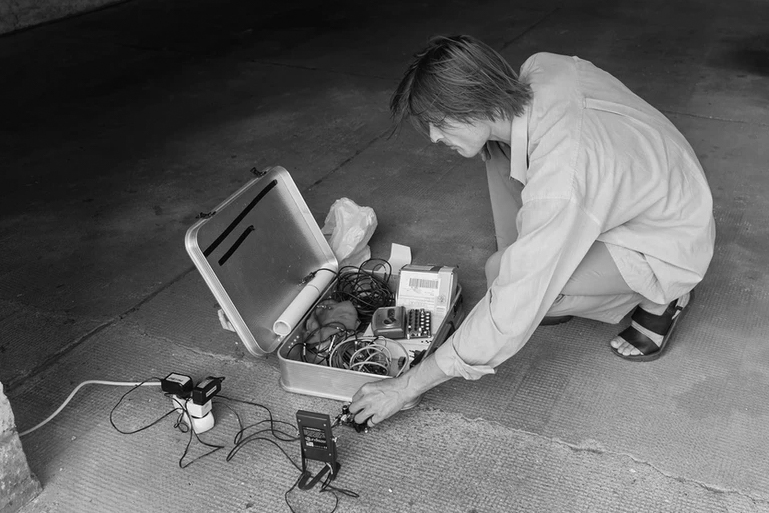
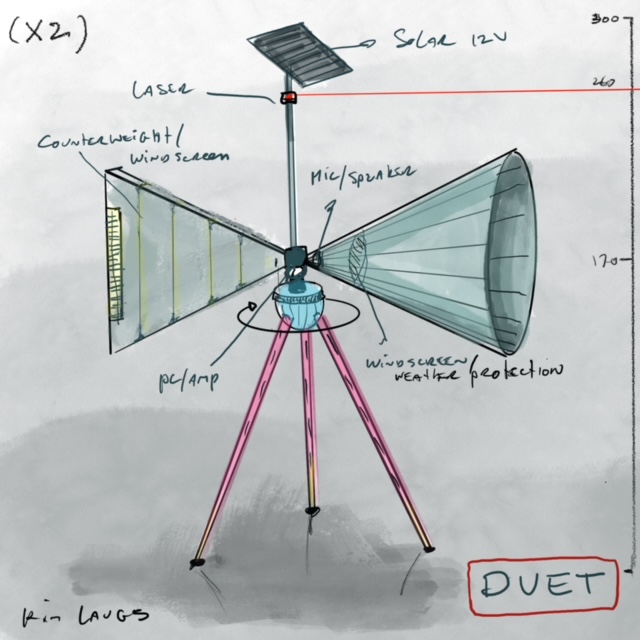
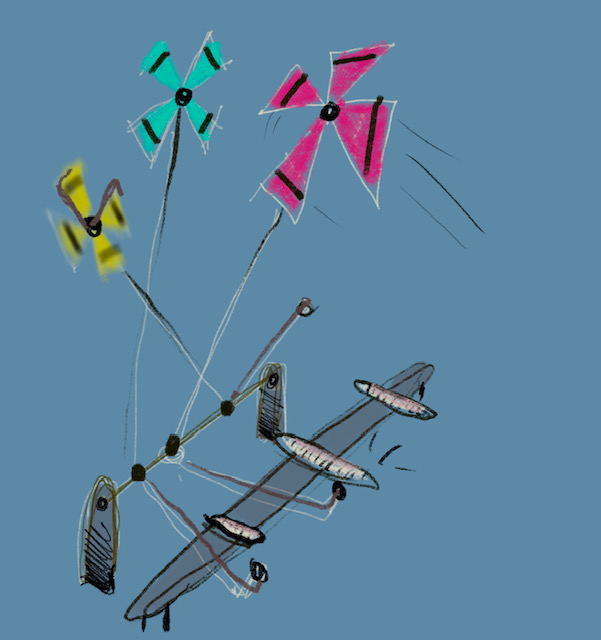
Ari-Pekka Leinonen
Helsinki-based Ari-Pekka Leinonen (1988) is currently fascinated about composing music for and performing with multi-channel loudspeaker setups.
He holds a MA degree in Sound in New Media (2015) from Aalto University School of Arts, Design and Architecture.
